
Following the first call for proposals under the EU’s new R&I programme, Horizon Europe, €619 million will be invested in excellent projects dreamed up by scientists and scholars. Here are a few examples of research to be funded with ERC Starting Grants 2021.
Press release: ERC awards €619m in its first research grants under Horizon Europe.
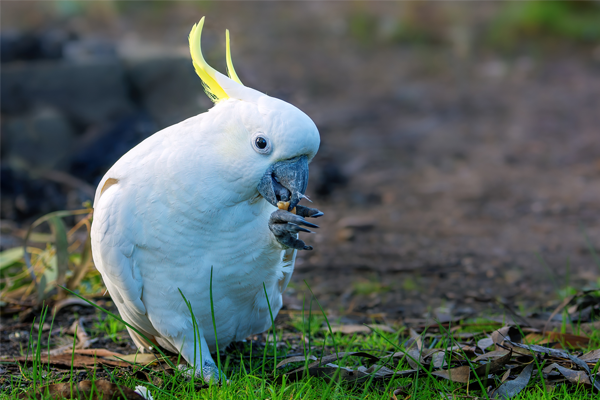
Beyond parroting - the spread of innovation in urban animals
Cognition is a key factor underpinning the success of species in cities. Yet without social learning and culture, innovations live and die in a single individual. This capacity has been crucial for the success of humans. But can the same be said about other species?
Lucy Aplin at the Max Planck Institute of Animal Behaviour studies how sulphur-crested cockatoos learn and share knowledge. Dr Aplin, who originally comes from Australia, has observed these parrots in the inner suburbs of Sydney. These long lived, socially and cognitively complex birds can be easily habituated and are successful urban colonizers, providing a rare opportunity to test the premise that cities are hotspots of cultural diversity and change. Dr Aplin’s goal is to understand the birds’ resource landscape, demography and social structure. She will use a combination of citizen science and direct observation to identify candidate cultural traits, then couple initial data with experiments elucidating cognitive and social dynamics underlying the spread of innovations.
These approaches will help her collect information on differences in behaviour and to follow cultural changes over time. Her unique research will help us grasp better cultural diversity in animals, help understand whether culture can be source of behavioural flexibility in changing environments, and might give a few insights into the evolution of culture in humans.
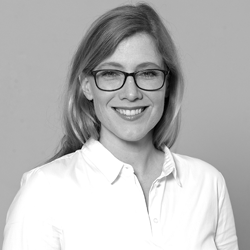
Project: Animal culture under change: a landscape-level analysis of socio-cognitive responses to human impact (CULTURES ADAPT)
Researcher: Lucy APLIN
Host institution: Max Planck Institute of Animal Behaviour, Germany
ERC Funding: EUR 1,499,800 for 60 months

AI for oncology: towards automated and explainable algorithms for cancer prognosis
Microscopic assessment of cancer tissue by pathologists is one of the cornerstones of diagnostic and treatment decision making for patients. However, the current assessment protocols, referred to as cancer grading systems, are limited to features that can feasibly be extracted by humans, leaving vast amounts of information captured in cancer tissue unused. Machine learning has already shown that it is capable of improving the diagnostic performance and efficiency of pathologists in applying the current grading systems. However, applications of ML have been mostly limited to replicating what humans can do, instead of trying to go beyond that, mainly due to methodological limitations and knowledge gaps around AI transparency and explainability. Dr Geert Litjens from Radboud University Medical Center in Nijmegen, Netherlands, is set to address these knowledge gaps. He will use innovative learning algorithms as well as latest advances in self-supervision, vision transformers, and natural language processing to make deep neural networks more effective in medical applications and endow them with transparency and explainability. Dr Litjens’s project will validate the methodology in the largest dataset of oncological whole slide images in the world. Finally, by publicly releasing all developed tools and data, the proposed project aims to have a scientific multiplier effect in the fields of oncology, computational pathology and machine learning, including possible applications in the fields of remote sensing and autonomous vehicles.
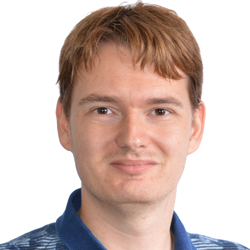
Project: Interpretable Artificial Intelligence across Scales for Next-Generation Cancer Prognostics (AIS-CaP)
Researcher: Geert LITJENS
Host institution: Radboud University Medical Center, Netherlands
ERC Funding: EUR 1,494,810 for 60 months
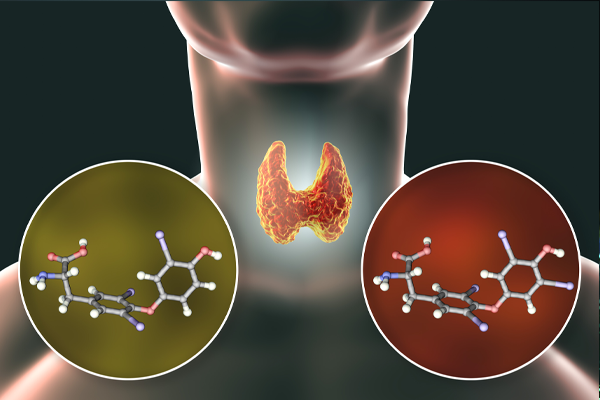
Deciphering thyroid hormone
In mammals, birds and other vertebrates the chemical reactions in the body's cells that change food into energy are ruled by thyroid hormones. It’s the thyroid gland which is responsible for production of these chemical messengers and for putting them into the bloodstream. Thyroid hormone levels modulate growth, development and many other key processes across the lifespan. Their impairment severely affects human health.
Controlling hormone levels in living organisms remains a major challenge. Researchers haven’t yet worked out how the mechanisms of synthesis, release and storage are balanced to provide the right physiological levels of hormones to our organisms.
Combining data from multiple experimental techniques in biology, Dr Francesca Coscia will try to unravel the molecular mechanisms underlying the major checkpoints of thyroid hormone synthesis. Dr Coscia’s experiments will combine electron cryo-microscopy with the tools of biochemical and light microscopy to study thyroid hormone regulation at different scales: from in vitro reconstituted systems to native thyroid organoids. Together with her team, she aims to reproduce the complexity of thyroid hormone synthesis at high resolution and in a native environment.
Dr Coscia is a structural biochemist and currently group leader at the Centre for Structural Biology at Human Technopole in Italy. Her research, may open a new front in thyroid structural biology and likewise, inspire alternative strategies for the control of thyroid hormone synthesis inside a living body.

Project: Molecular mechanisms of thyroid hormone synthesis: from atoms to organoids (THYROMOL)
Researcher: Francesca COSCIA
Host institution: Fondazione Human Technopole, Italy
ERC Funding: EUR 1,498,750 for 60 months

Elucidating the power of light
Short pulses of light allow controlling electrons in solids with superb precision and outstanding speed, now reaching timescales as short as a few billionth of a billionth of a second. Yet, our ability to act on material properties related to the spin of electrons, such as magnetism, is surprisingly close to inexistent at these ultrafast time scales.
This is because we know very little about direct, first-order coherent interactions between the electromagnetic field of light and electronic spins. Predictions show that these interactions are extraordinarily complex and comprise components of fundamentally different natures. However, no one has yet directly captured these coherent phenomena.
For the first time, Romain Géneaux and his team at CEA Paris-Saclay aim to unveil this class of direct light-spin interactions. Their strategy relies on using the shortest pulses of light available today – attosecond pulses – employed to probe systems that selectively enhance different components of the coherent response. Can the field of light directly couple to the spins of materials? Can the angular momentum of light itself be imparted to matter? Can we use ultrafast lasers to modify magnetic properties, and how fast can we do it?
Using the new approach, his research team will answer key fundamental questions reaching across several disciplines of physics. Electronic spins are intimately related to magnetism as well as to topology, two of the most important concepts in modern developments of storage and computing devices. Therefore, a new perception of light-spin interactions could guide the design of future generations of devices, in which ultrafast lasers control functionalities and allow switching at unrivalled speeds.

Project: Controlling spin angular momentum with the field of light (SPINFIELD)
Researcher: Romain GENEAUX
Host institution: CEA Saclay, France
ERC Funding: EUR 1,499,625 for 60 months

Taming the influencer marketing
Social-media influencers can shape the opinions of millions of their followers. Selling such influence is often a lucrative business model of these “human ads”. But it is not always clear when they actually engage in advertising and what they advertise. The content created by influencers can be commercial, but it can also hide political messages, which further obscures the problem. Consumers and citizens can no longer distinguish between ads and non-ads, and between commercial and political communications.
Catalina Goanta from Utrecht University wants to investigate this issue of transparency. The aim of her ERC Starting Grant is to explore if there is a need for a general European legal regime on fair advertising by “human ads” on social media platforms and how such a framework could look like. This question is timely as the social media economy is increasingly based on deceit, which leads to new forms of vulnerability for consumers and citizens on digital markets.
Dr Goanta’s team will try to build a new theory of fair advertising in EU consumer law and aim at better understanding the activities of influencers, their business models and practices as well as business interests across different social media platforms. Another aim of the research is to propose a set of criteria to assess consumer harms caused by influencers and to suggest a new normative governance model with stricter transparency obligations on social media platforms.
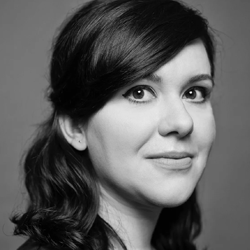
Project: Human Ads: Towards Fair Advertising in Content Monetization on Social Media (HUMANads)
Researcher: Catalina GOANTA
Host institution: Maastricht University, Netherlands*
ERC Funding: EUR 1,500,000 for 60 months
*Host institution refers to institution at the time of application. This researcher intends to change her host institution to Utrecht University (Netherlands)

Markets that leave no one behind
Policy-makers often introduce rules constraining transactions in individual markets -such as rent control- or even choose to distribute scarce resources by circumventing markets completely, as is frequently the case for health care or public transport. Yet, traditional economic intuition opposes these sorts of policies because, unlike well-functioning markets, they introduce allocative inefficiency.
In his research, Piotr Dworczak will explore the design of marketplaces in the presence of underlying inequalities between participants and develop a theory of Inequality-aware Market Design (IMD). Dworczak’s approach is to deploy a mechanism-design framework that identifies the optimal way to structure the market. The results will provide novel ways to address the growing problem of inequality in market-design settings. The focus on optimal allocation rules in individual marketplaces complements the public-finance approach to redistribution through the tax system.
Piotr Dworczak is Assistant Professor in the Department of Economics at Northwestern University. He works on Mechanism, Market, and Information Design. His research will test the validity and scope of his main hypothesis: when inequalities are sufficiently pronounced and can be detected based on the behaviour of market participants, it becomes optimal to sacrifice allocative efficiency to achieve a more equitable split of surplus. IMD will provide policy guidance by explaining whether and how policymakers concerned about inequality should resort to distortionary market interventions.
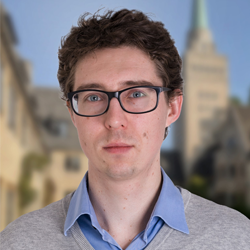
Project: PInequality-aware Market Design (IMD)
Researcher: Piotr DWORCZAK
Host institution: Foundation of Admirers and Mavens of Economics, Poland
ERC Funding: EUR 1,191,561 for 60 months
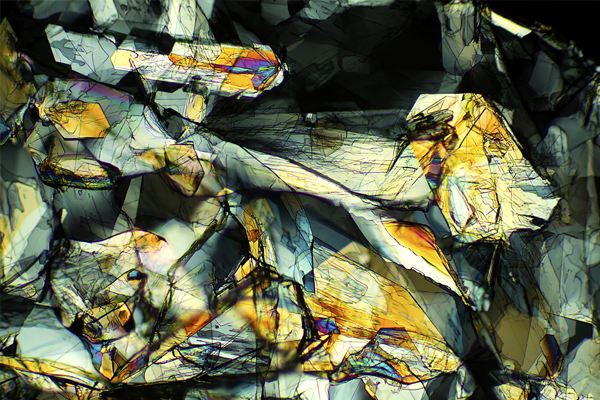
Can electronics become lead-free, reliable and eco-friendly?
Piezoelectric sensors sound exciting, and indeed they are! Used to interconvert electrical and mechanical energy, they are essential to many common devices that we rely on: pacemakers, microwave ovens, sonar equipment, diesel fuel injectors in cars. Piezo sensors are often used to measure a change in pressure, acceleration or strain by converting them into electrical charge. However, they also have a huge environmental cost. Their production involves using toxic lead oxide, and the main alternatives to lead involve using expensive, non-renewable materials – also quite undesirable.
In recent years, biological materials such as amino acids and peptides have been recognised as exciting new piezoelectrics. Gathering them into biomolecular-crystal assemblies could offer a revolutionary way to create these essential sensors. Crystals can be grown at room temperature with no by-products, and do not require an external electric field to induce piezoelectricity. Right now, however, no one knows how to develop these crystals as reliable, solid-state sensors that could be used in conventional electronic devices. Their high water solubility, uncontrolled growth, variable piezoelectric response, and difficulty in making electrical contact pose too high a challenge.
Sarah Guerin will take on the ground-breaking task of developing biomolecular crystals as a new type of piezoelectric sensor. Such organic, low-cost, high-performance sensors, would out-perform and ultimately lead to the phasing-out of inorganic device components - with dramatically reduced environmental impact.
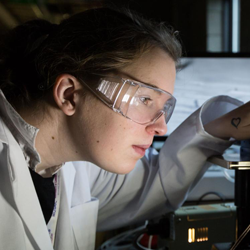
Project: Piezoelectric Biomolecules for lead-free, Reliable, Eco-Friendly Electronics (Pb-FREE)
Researcher: Sarah GUERIN
Host institution: University of Limerick, Ireland
ERC Funding: EUR 1,499,525 for 60 months

Tickling - no laughing matter
Try to tickle yourself. No matter how hard you try, the sensation you feel is always less ticklish compared to the sensation produced by somebody else tickling you. Why?
Tickle is a sensation that we induce to our babies and partners, but some of us might find it a very unpleasant and stressful experience. Why?
Touch on certain body areas feels more ticklish than on others, and some people are more prone to be tickled than others. Why?
These questions are the focus of investigation for Konstantina Kilteni, a researcher passionate about touch and how the brain uses it to build our perception of the self. Tickle is one of the most understudied sensations, governed by neural mechanisms that still remain unknown. Socrates, Aristoteles, and Darwin philosophized about tickle sensation, but after two millennia, we still speculate about its functionality. Despite this fundamental lack of knowledge, there is currently no active research on the topic.
In this ERC project, Dr Kilteni will develop a new interdisciplinary approach to study the neuroscience of human tickle perception. In her lab at Pompeu Fabra University in Barcelona, she will use robotic technology, modern behavioural and neuroimaging tools, and advanced statistical modelling techniques to fill the knowledge gap that exists about tickle perception.
Her insights will permit to explore the undervalued clinical and functional implications of tickle. For example, deficits in tickle perception have been observed in people with schizophrenia and autism suggesting that, if we knew its brain mechanism, tickle could be used as a cognitive biomarker for these two disorders. Results from the project could also help answering key questions in many disciplines, ranging from social psychology (e.g., Why do we laugh when tickled?) to evolutionary biology (e.g., why don’t all animals or primates get tickled?).
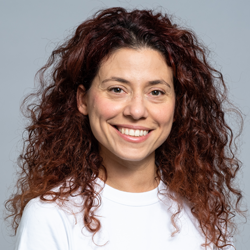 @ Johannes Frandsèn
@ Johannes Frandsèn
Project: The neuroscience of human tickle perception (TICKLISHHUMAN)
Researcher: Konstantina KILTENI
Host institution: Pompeu Fabra University, Spain
ERC Funding: EUR 1,499,938 for 60 months
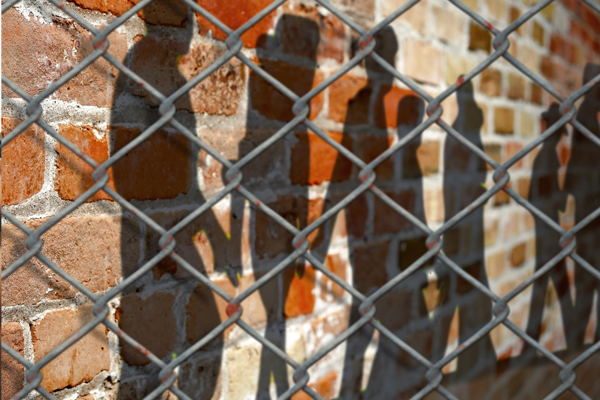
Civil wars and women empowerment
Recent quantitative research suggests that civil wars promote women’s political representation. Yet, they do not shed light on subnational and individual-level variation in civil war experiences and their effect on the majority of ‘non-elite’ women at the local level. With his grant, senior researcher at Chr. Michelsen Institute, Carlo Koos, aims to explore the effects of civil wars on multiple dimensions of women’s empowerment in the household and family, the community, and local politics.
His research seeks to establish a new conceptual and empirical research platform on the impact of civil wars on gender relations. This platform will advance a systematic, nuanced, and rigorous understanding of how civil wars affect women’s social and political empowerment at the local level.
To achieve this, he introduces a nuanced methodological approach to generate a large set of hypotheses to answer the following questions: When, why, and how do civil wars promote women’s empowerment? Conversely, when do they not have this effect?
Carlo Koos focuses on three areas to answer these questions. First, his research aims to provide nuanced definitions for different types of exposure to civil wars. Second, he explores the difference between changes in gender roles and gender attitudes. Finally, he examines the moderating effect of context conditions.
Furthermore, he combines novel quantitative survey experiments and qualitative research in Colombia, DR Congo, and Sri Lanka on the empirical level. Drawing on this comparative design may lead to a novel understanding of common patterns, divergences, and conditional effects of civil wars on gender relations.

Project: The Micro-Level Effects of Civil Wars on Multiple Dimensions of Women's Empowerment (WarEffects)
Researcher: Carlo KOOS
Host institution: Chr. Michelsen Institute, Norway*
ERC Funding: EUR 1,784,229 for 60 months
*Host institution refers to institution at the time of application. This researcher changed his host institution to University of Bergen (Norway)

Pioneering methods to help women breastfeed
Breastfeeding is important for infant and maternal health. However, 10-15% of breastfeeding women fail to produce enough milk, while 40-50% give up early because of perceived insufficiency. As a result, only a minority meets the WHO recommendation to exclusively breastfeed during the first six months. To address this public health challenge, Dr Nienke Bosschaart from the University of Twente in the Netherlands will investigate what nursing infants actually drink and how this milk transfer is regulated by the physiology of the breast.
She will solve these questions by first developing novel non-invasive optical tools to quantify milk transfer in situ. The challenge here is to develop methods for inline monitoring of both the milk volume consumed and its varying composition during a breastfeed. She will use two pioneering optical methods and integrate both methods into a safe, compact sensor prototype, engineered into a nipple shield.
As a second step, Dr Bosschaart will map the causes of lactation insufficiency from the largely unexplored perspective of mammary physiology. She will do so by translating a specific technology of medical imaging to lactation science. Here, the challenge is to quantify mammary physiological parameters in real-time.
By engineering dedicated tools for lactation research, this project will enable a leap forward in the diagnosis, treatment and prevention of both actual and perceived lactation insufficiency. In turn, this will lead to better breastfeeding support and improved individual and public health outcomes.
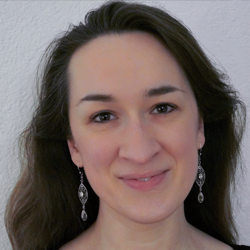
Project: Pioneering methods to unravel lactation insufficiency (LactIns-and-outs)
Researcher: Nienke BOSSCHAART
Host institution: University of Twente, Netherlands
ERC Funding: EUR 1,500,000 for 60 months





